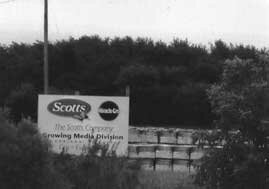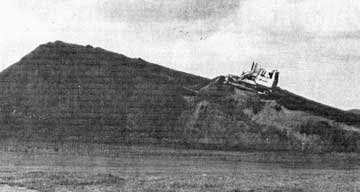
Discover rewarding casino experiences. 

Please Don't Quote Me Hag is a word not only associated with your familiar Halloween broom rider or the neighborhood crone, but with peat bogs as well. Hags is an old-timey word meaning the pit dug in peat beds, the hole left from the extraction of the material. Click on the Flag for More Information |
|





